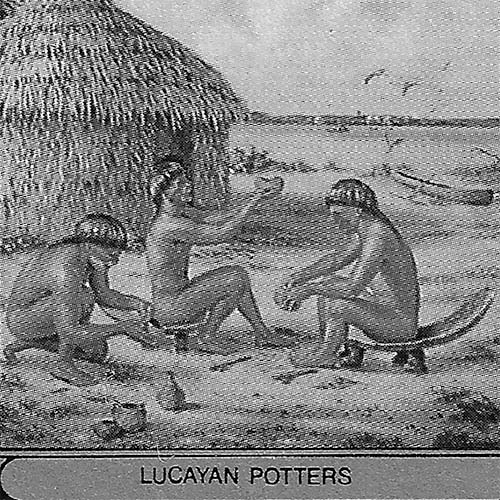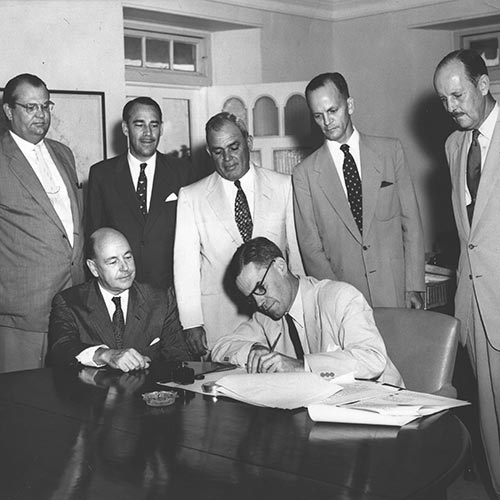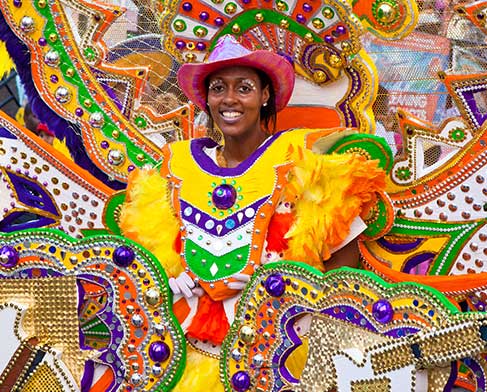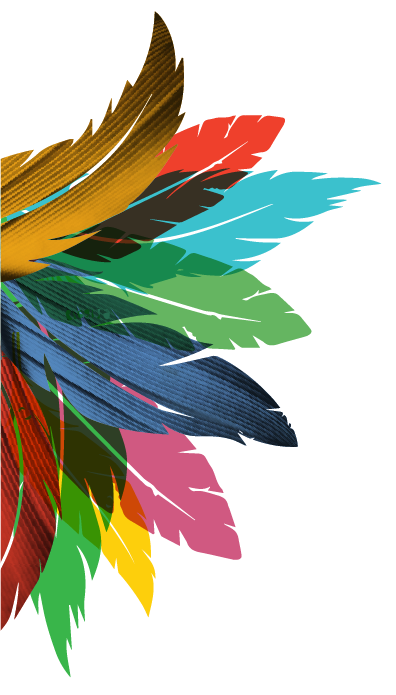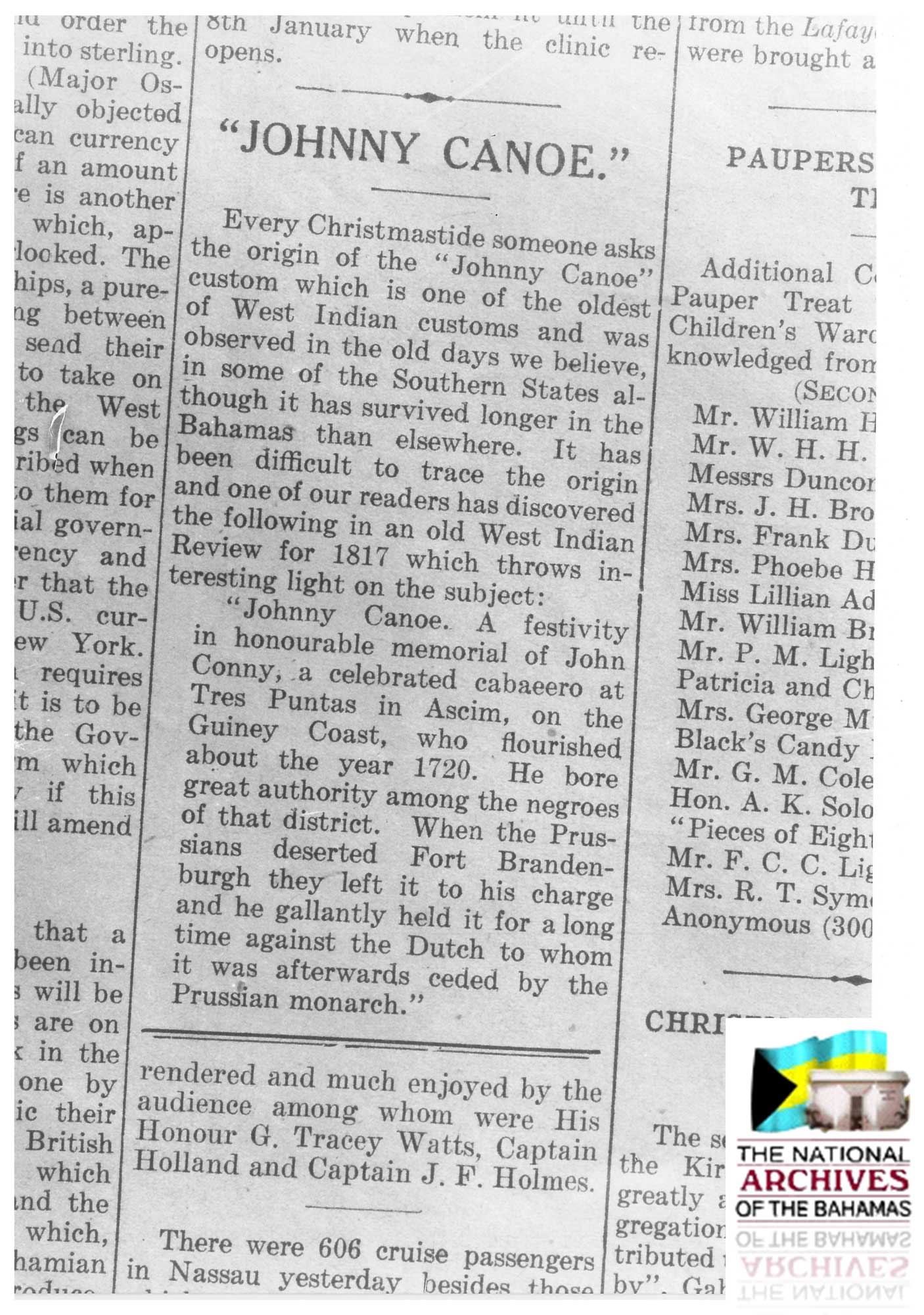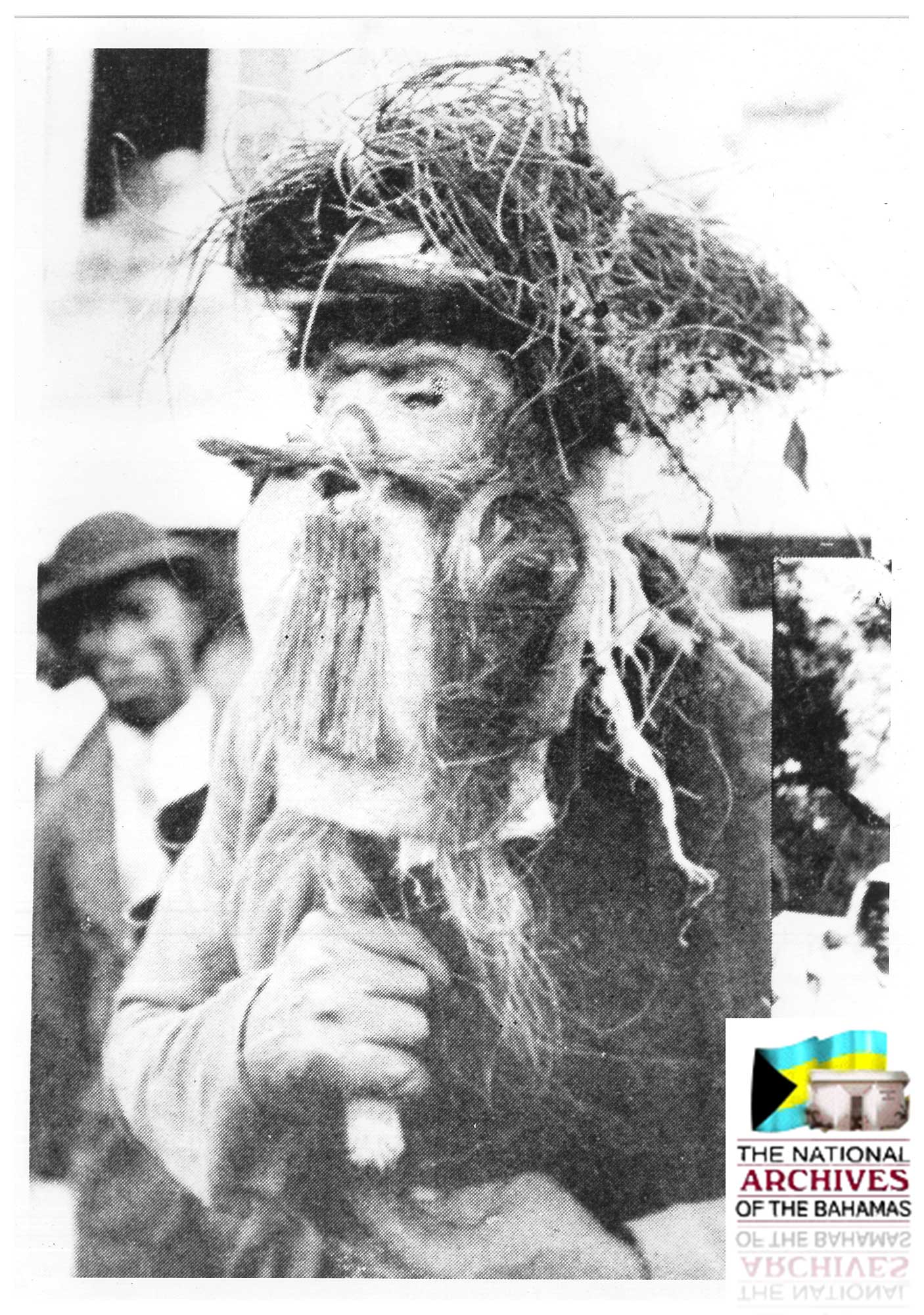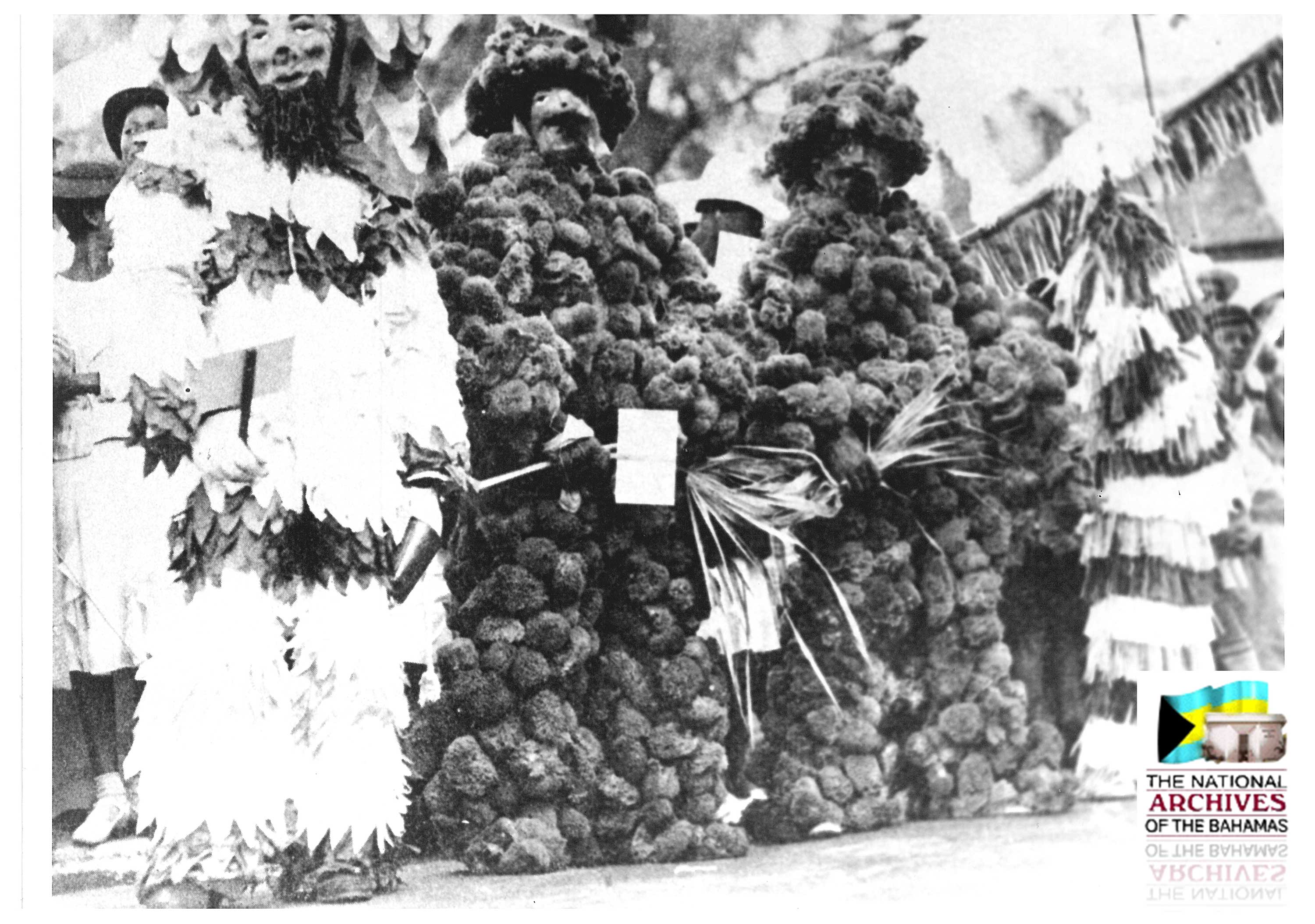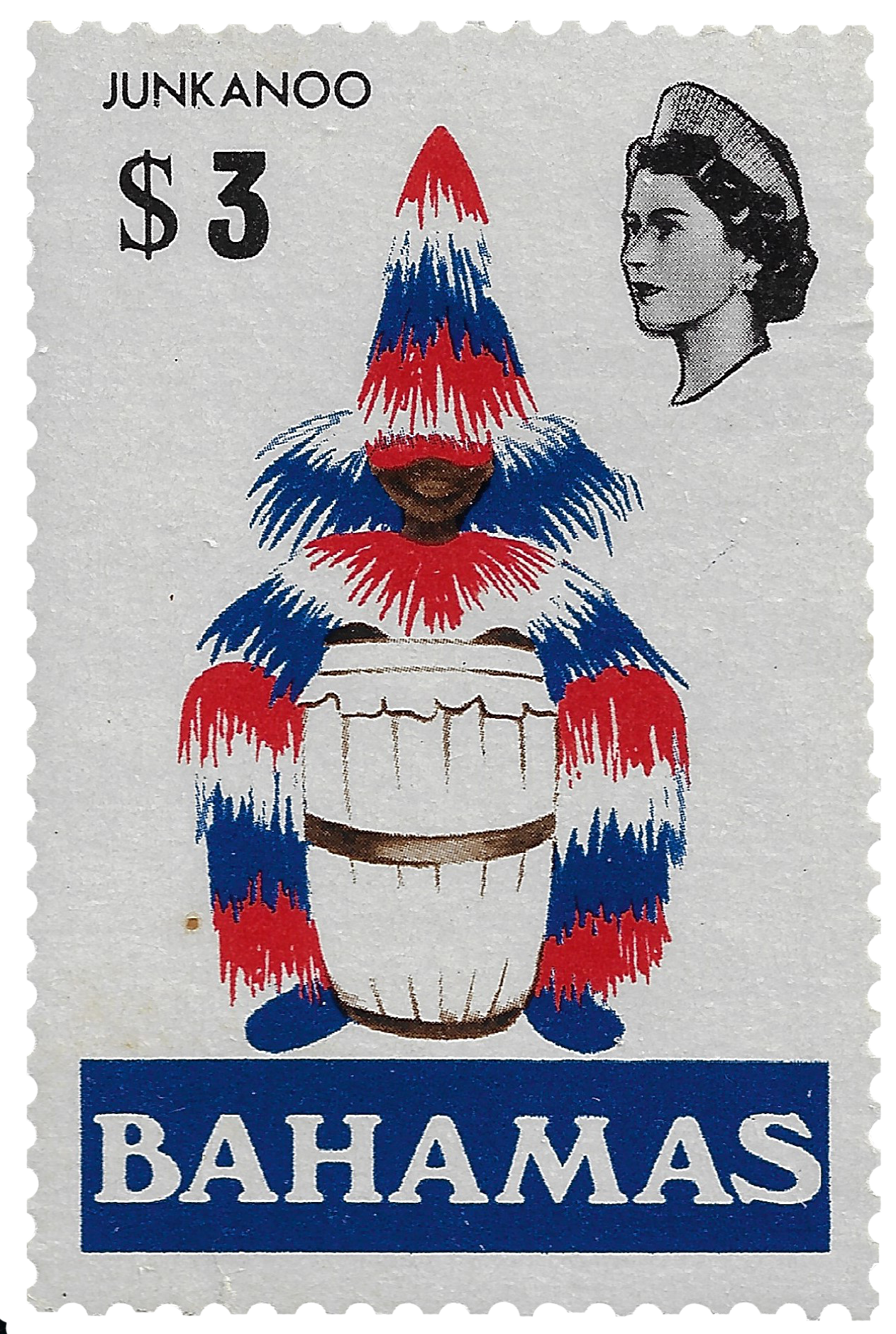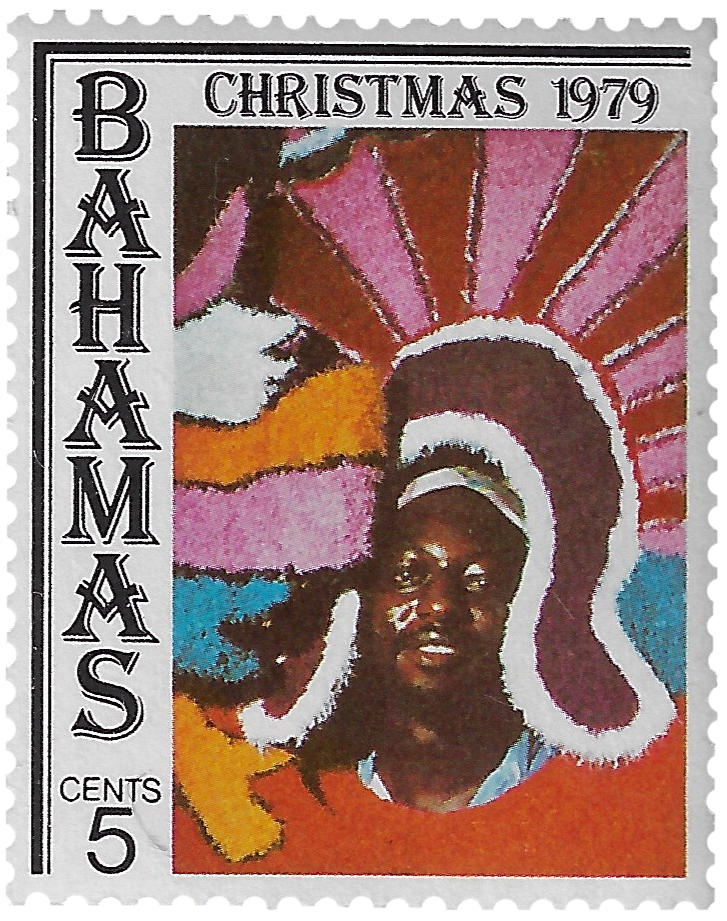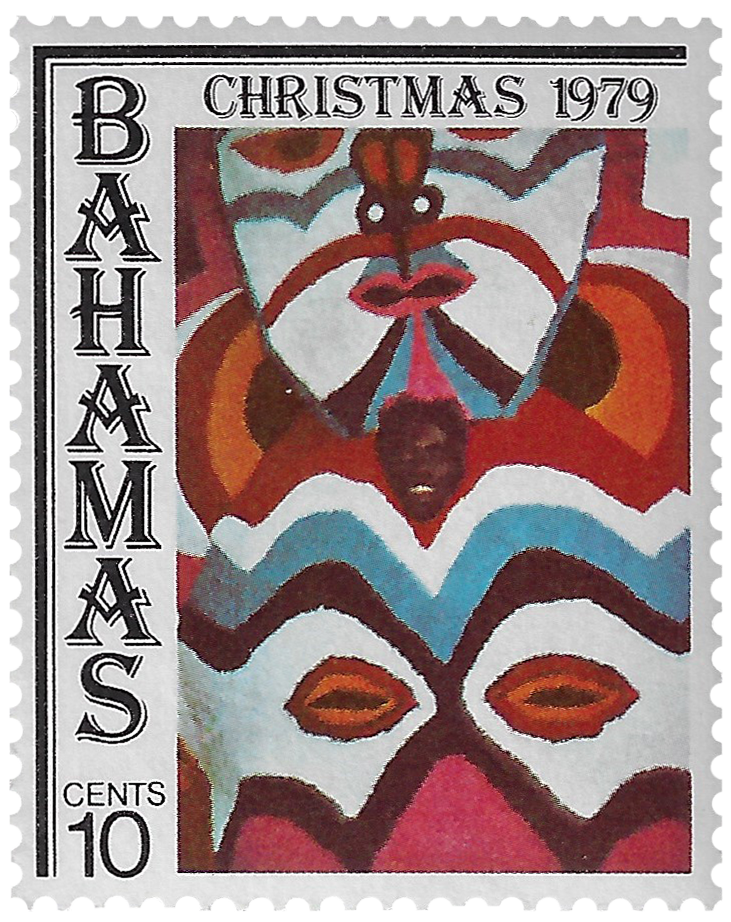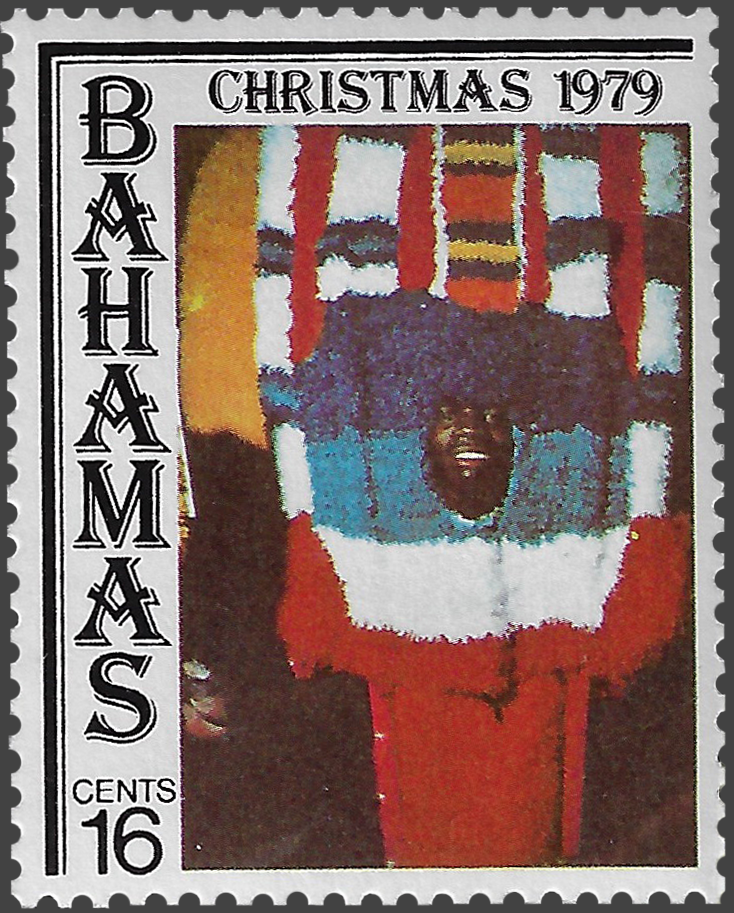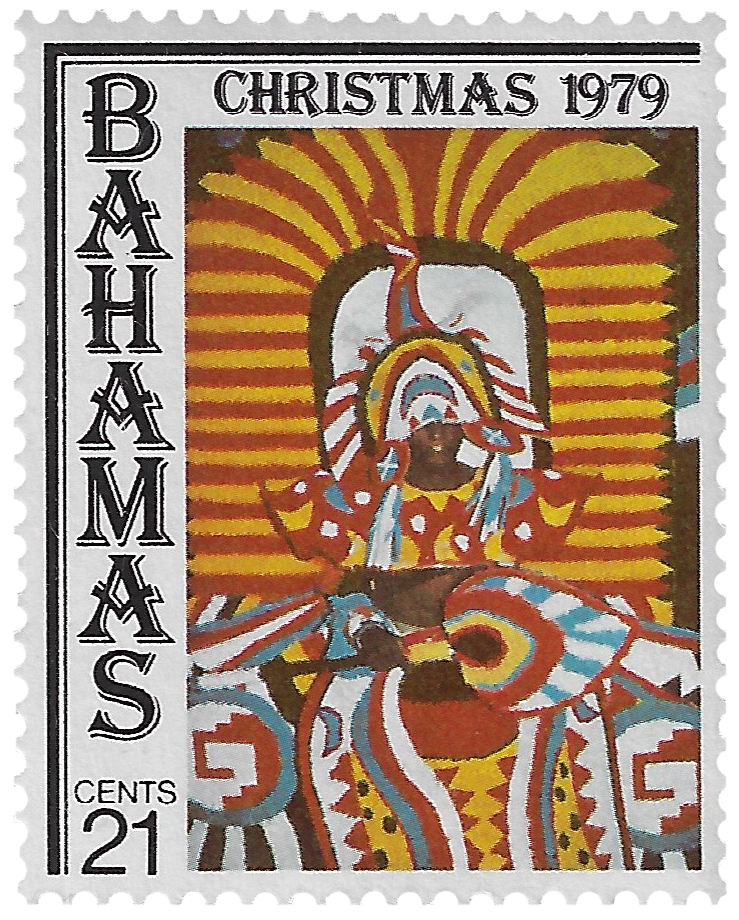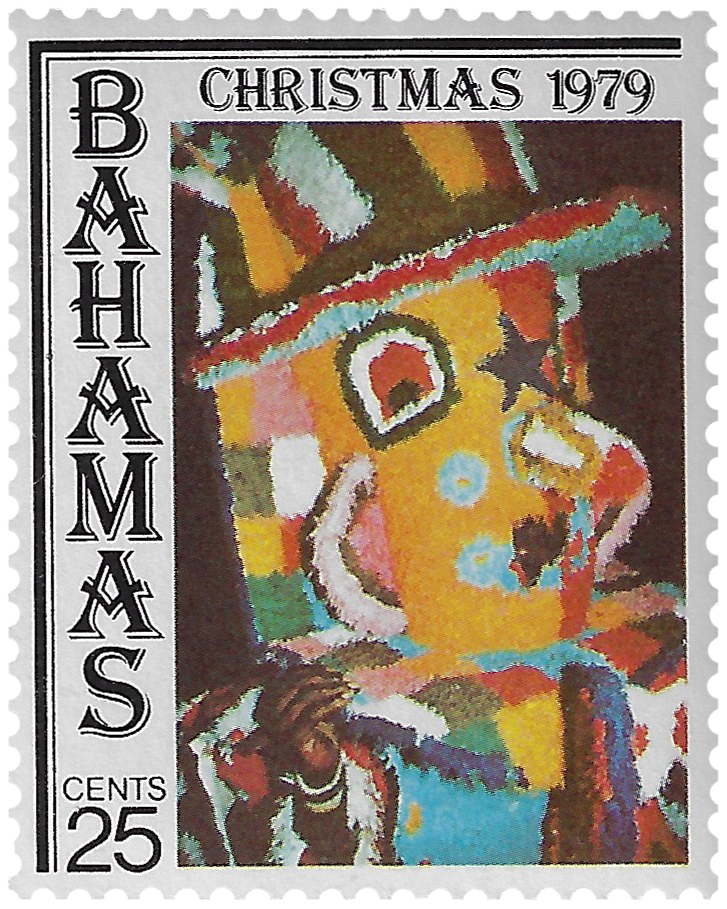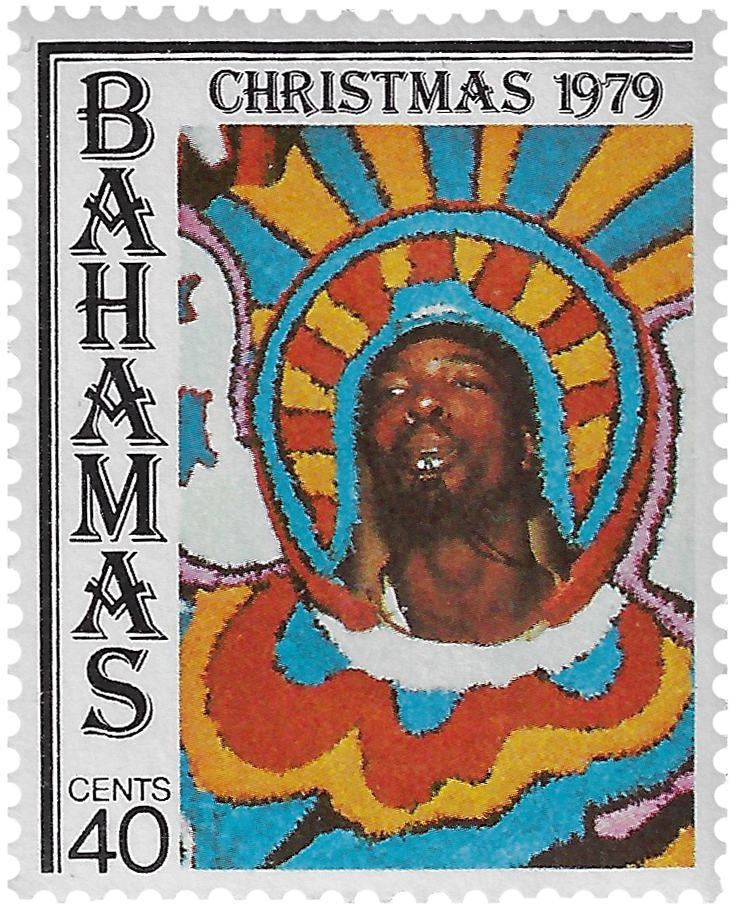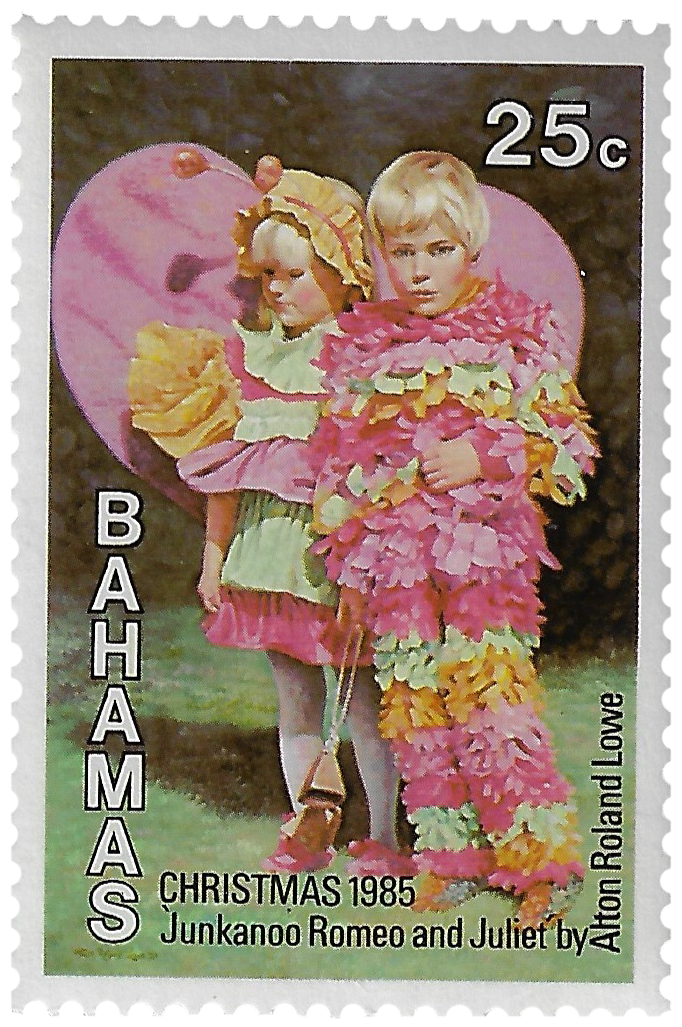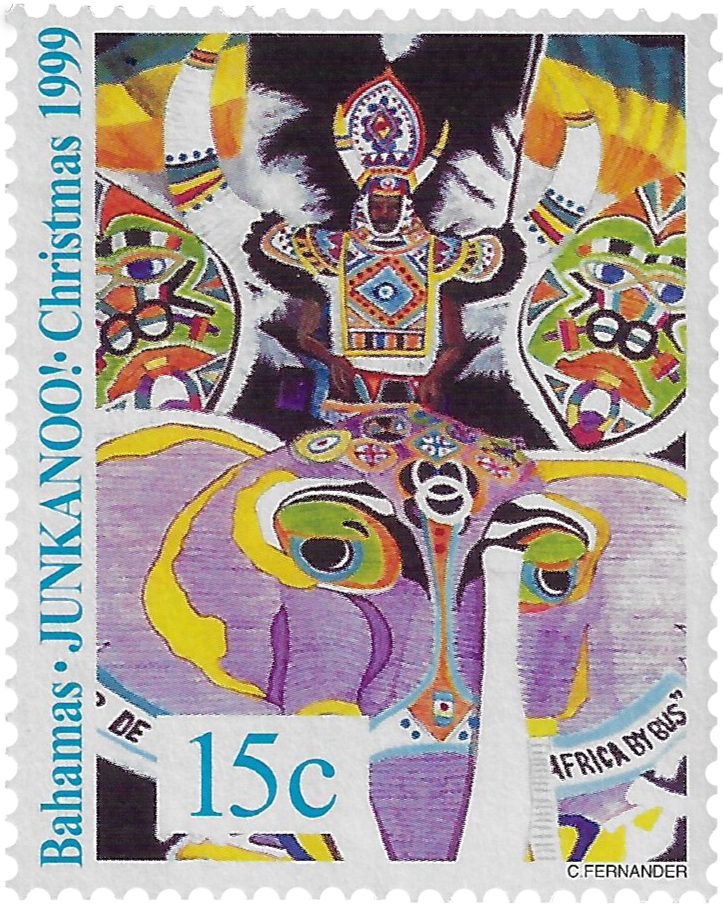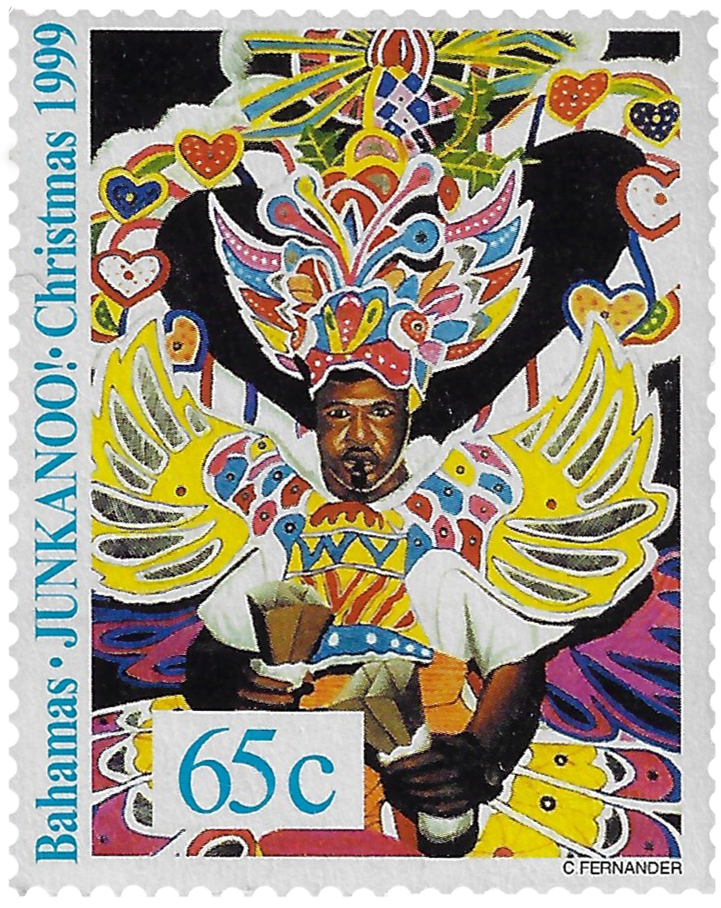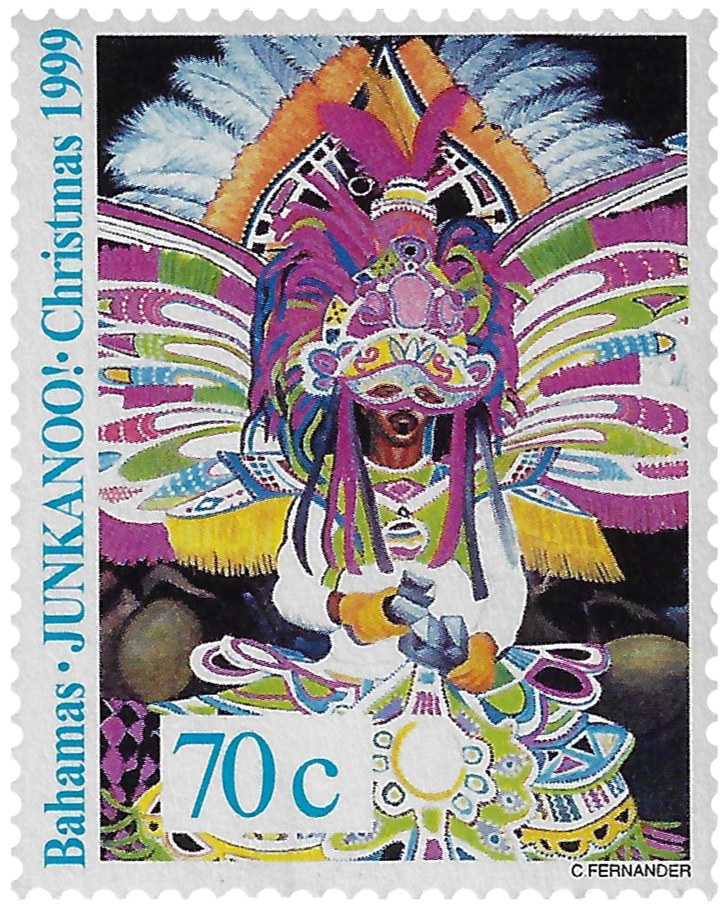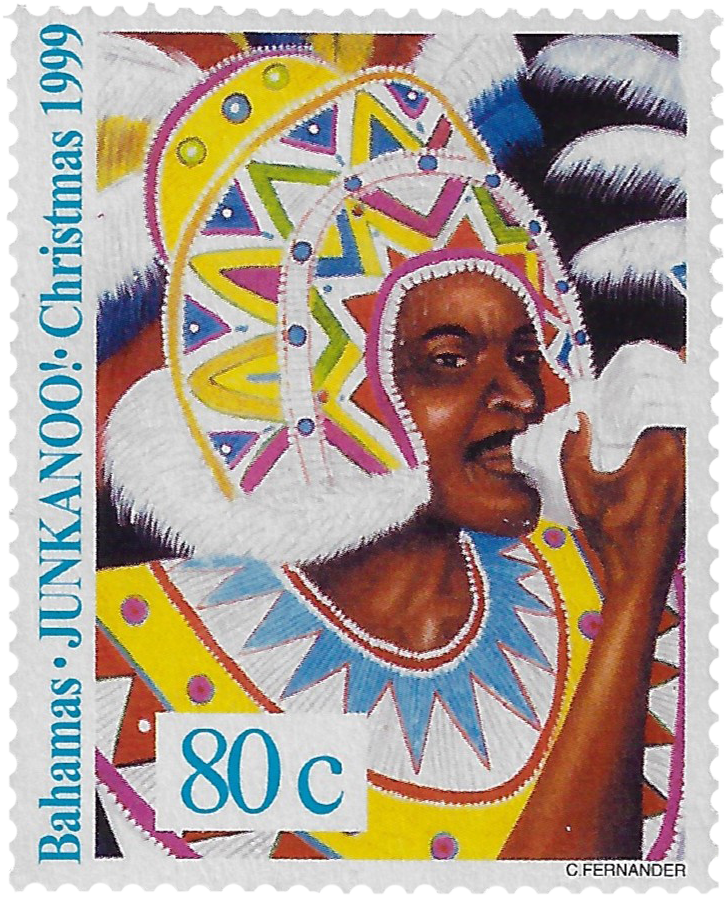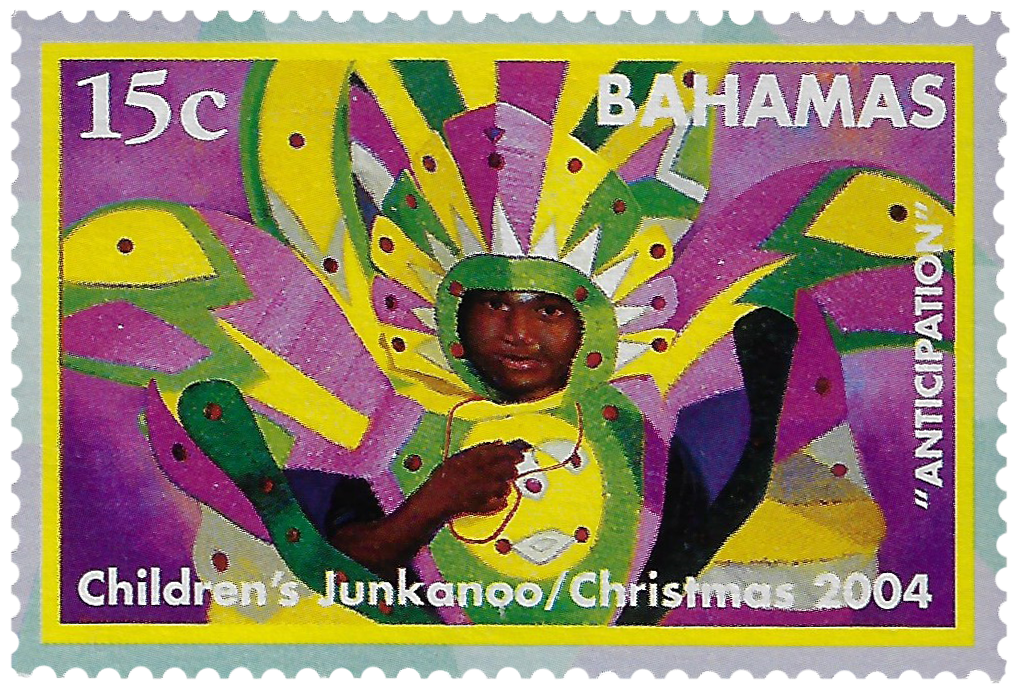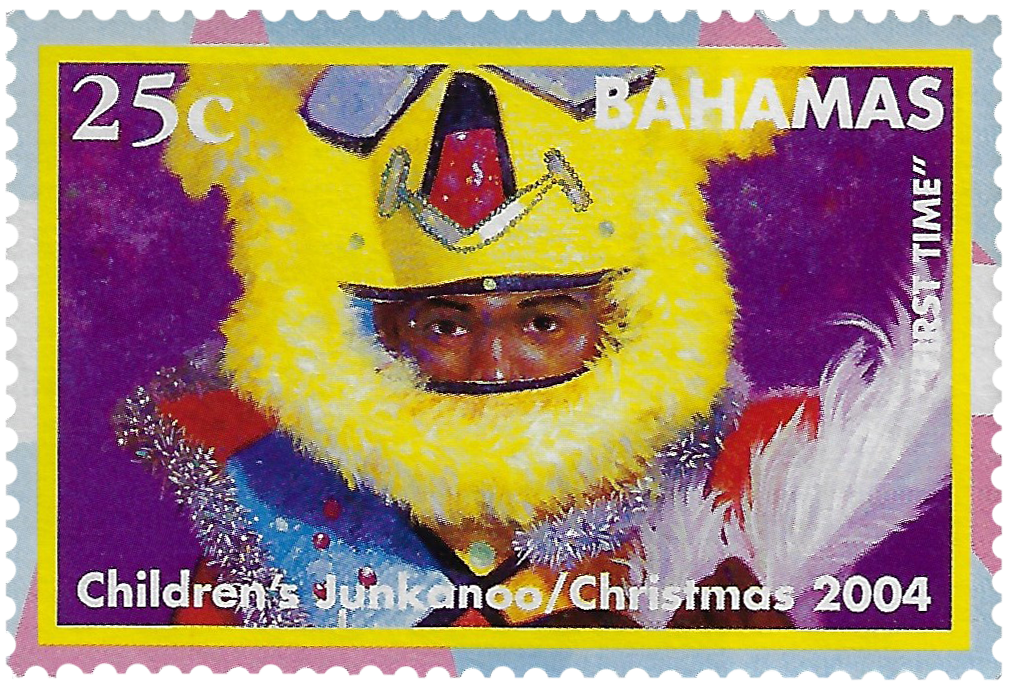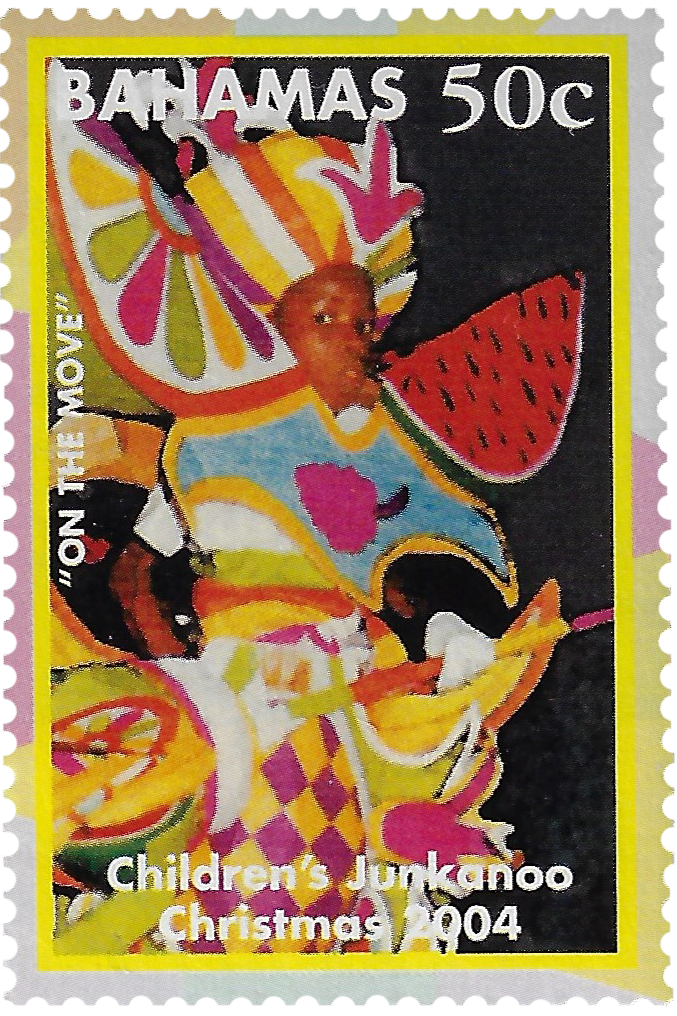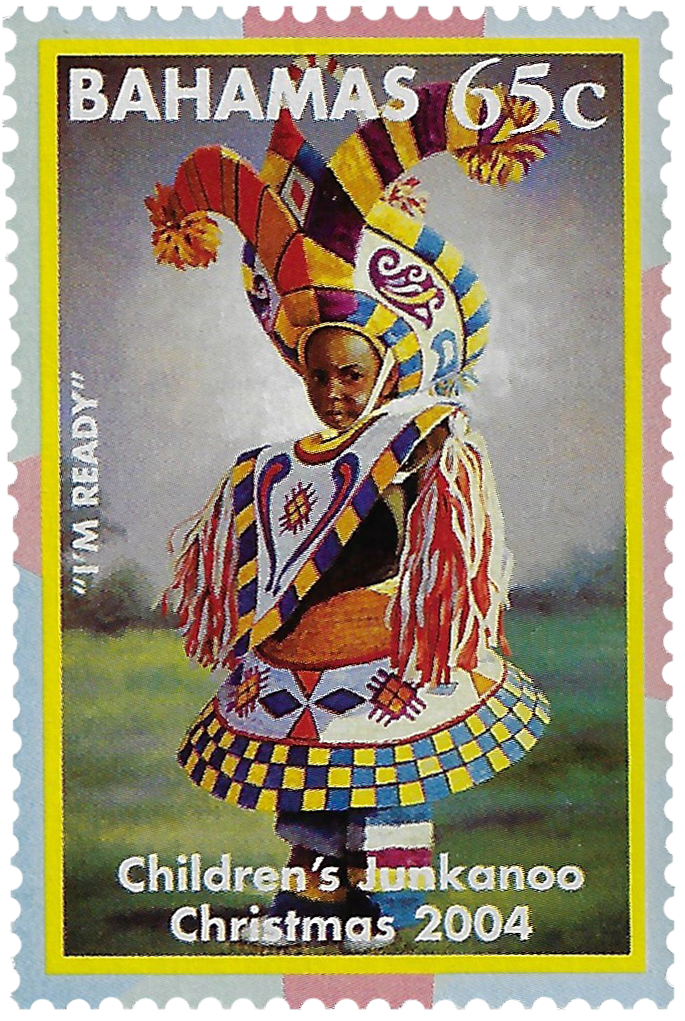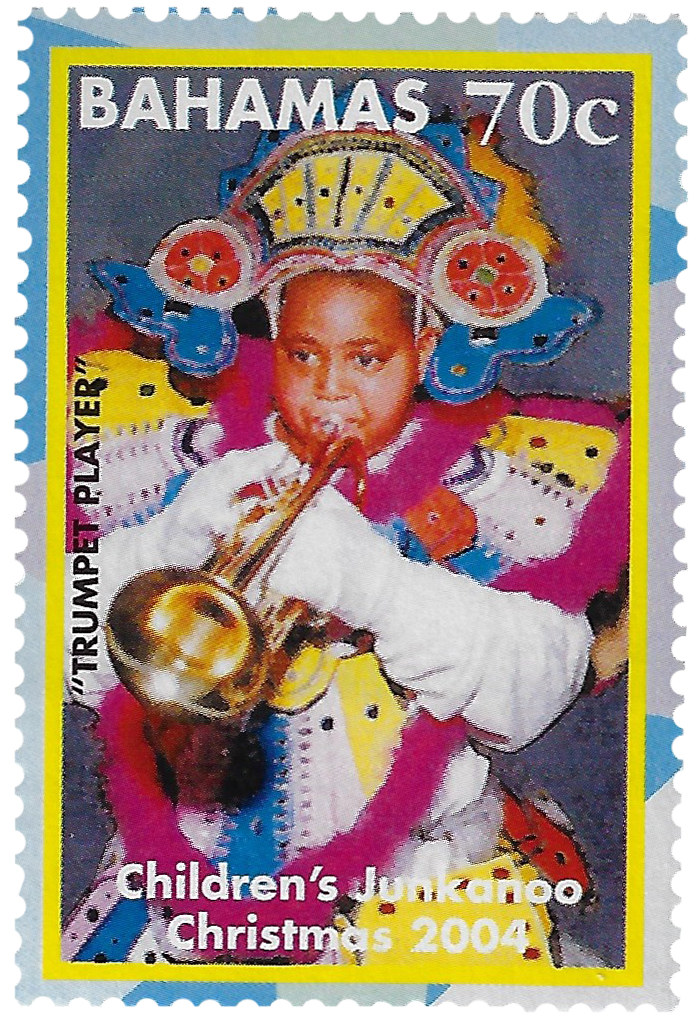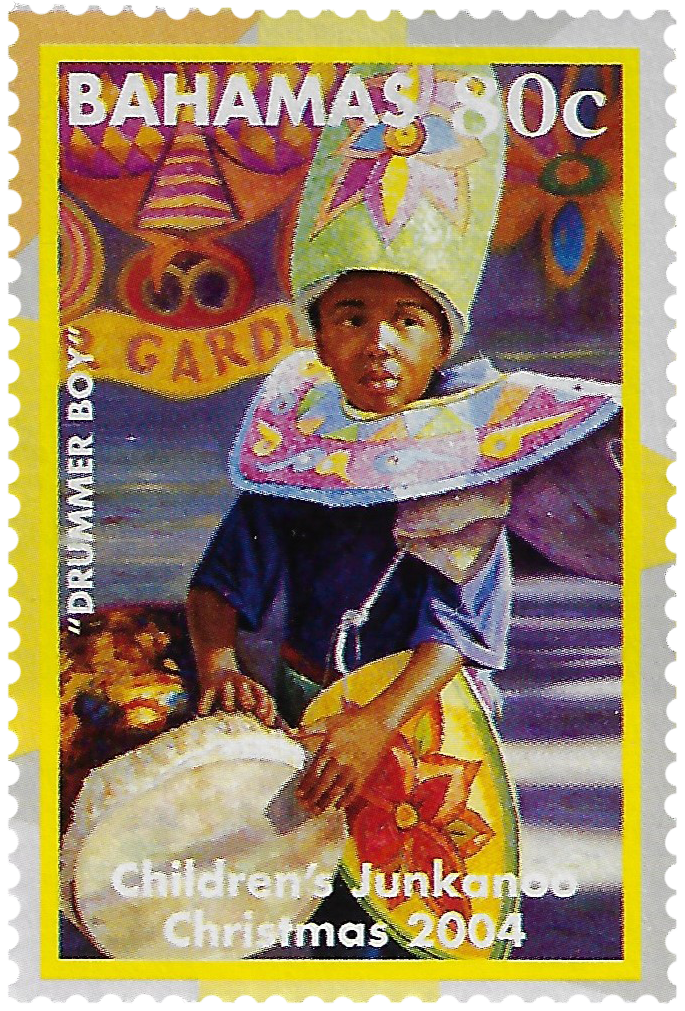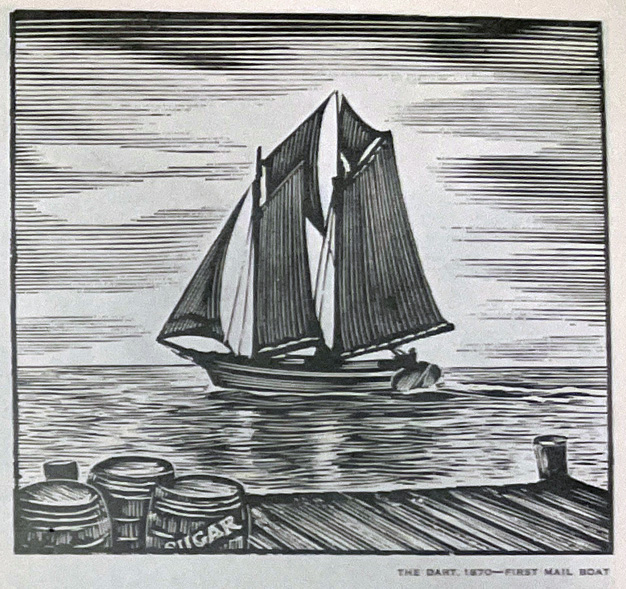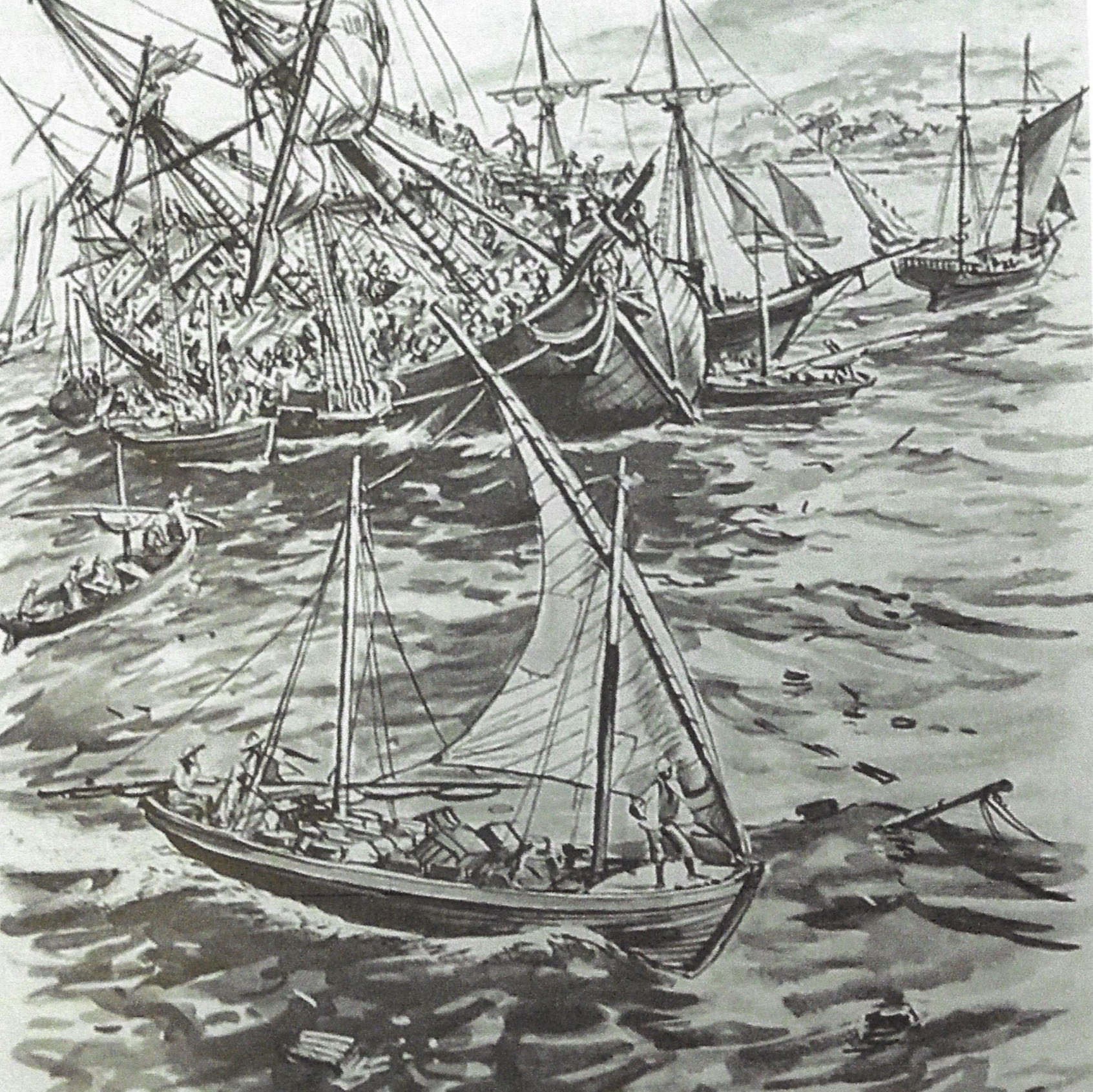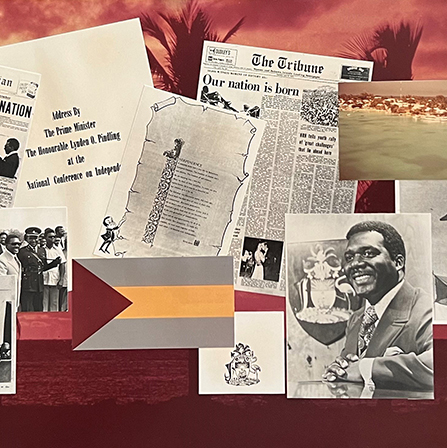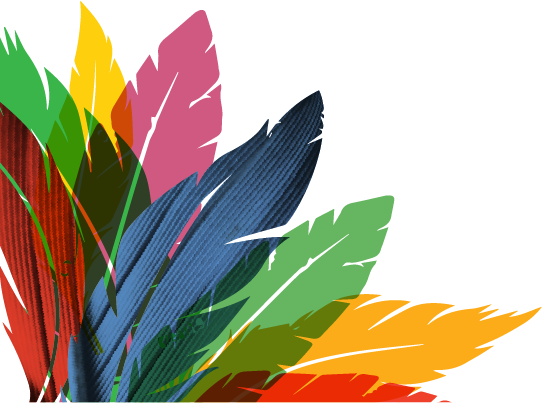Culture
Junkanoo
Junkanoo is a Bahamian street parade featuring colorful and elaborate costumes and floats. Performed every Boxing Day (December 26) and New Year's Day, Junkanoo is a masquerade tradition that draws on The Bahamas' West African ancestral roots and is a public celebration of Bahamian identity and artistic expression.
Carnival celebrations are a longtime tradition throughout the Caribbean and in Central and South America. In the Bahamas, Junkanoo is a celebration that that showcases the culture and traditions in the islands. Visitors come from the U.S., other Caribbean islands and around the globe to enjoy the party atmosphere and become immersed in Bahamian culture.
Uniquely Bahamian
Junkanoo exists nowhere else. The dynamic, colorful parade is made up of brightly costumed Bahamians dancing and “rushin” to the music of cowbells, drums, horns and whistles. At festival time, groups compete for cash prizes for best music, best costume, dancer, banner and best overall presentation. Traditionally held on New Year’s Day, Boxing Day (26 December) and Independence Day (10 July), parades are also held during the annual “Junkanoo Summer Festival” and the “Just Rush” competition. In addition, many hotels throughout the islands offer Junkanoo shows for their guests throughout the year.
Street parades bring colourful costumes, goatskin drums, clanging cowbells, whistles and horns. They progress in a low, rhythmic dance called "rushin." Paraders "rush" in organized groups and are judged on costume theme and performance.
Watch a Junkanoo parade.
Origins are Debated
The beginnings of Junkanoo are source of constant debate. The festival began hundreds of years ago, when enslaved descendants of Africans on plantations in The Bahamas celebrated holidays granted around Christmas time with dance, music, and costumes. Another school of thought is that Junkanoo was created by John Canoe, an African tribal chief who demanded the right to celebrate with his people even after he was brought to the West Indies as a slave. Still others say it comes from the French "L'inconnu" ("the unknown"), in reference to masks worn by paraders, or "junk enoo," the Scottish settlers' reference to the parades, meaning "junk enough."
Celebrated since the 16th or 17th century, today Junkanoo has grown into an entertaining street carnival of not only The Bahamas, but also around the world. The costumes, dance and music themes often take months of preparation and bring together men and women from all different walks of life.
African Heritage and More
A strong expression of the Bahamas' African heritage, Junkanoo demonstrates influences from British colonialism, African masquerading practices, Trinidad's Carnival, Bahamian commercial enterprises, and American pop culture.
Junkanoo is a unique event, revered as a cultural expression in the Bahamas. It's a powerful source of national pride and an integral part of tourism and heritage in the islands.
Junkanoo Traditions
Junkanoo was once a spontaneous event, with paraders wearing simple costumes of cloth, fringed paper and face paint. Sea sponges, leaves and other natural materials were attached to netting worn over the body. Musical instruments were made of conch shell, horns and poinciana pods.
It wasn’t until the 1960s that women participated in Junkanoo. In today's celebration there are commercial sponsorships, appeals to tourism, modern music and instruments, vehicles used and the costumes are as colorful and ornate as they can be.
Postage stamps honor Junkanoo costumes and traditions:
Junkanoo is first featured on a $3 stamp in 1978.
For Christmas 1979 a series of six stamps showing Junkanoo headdress were released.
In 1985 a Christmas stamp bearing an image by Alton Roland Lowe, entitled “Junkanoo Romeo and Juliet,” was released.
For Christmas 1999, a set of four stamps, designed by C. Fernander, were released to recognize the celebration of Junkanoo.
In 2004 a series of six stamps was issued celebrating children’s participation in Junkanoo.
